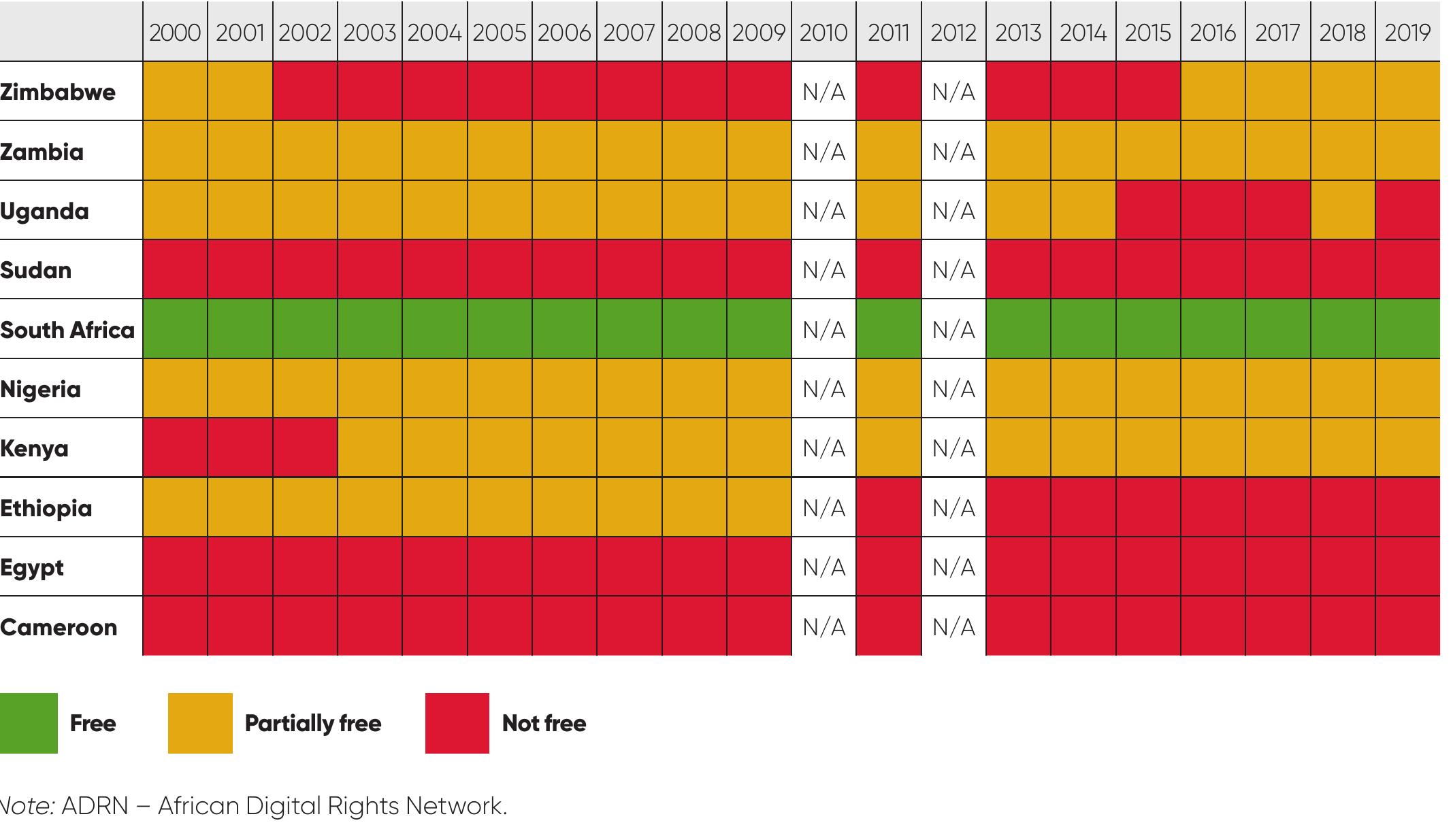Strategic Partnership to Advance ICT Skills and Sustainable Development Goals in South Africa
Executive Summary: Fostering Global Partnerships for Local Impact (SDG 17)
A strategic partnership has been formed between Apis Training, a Swedish telecom education provider, and NIL Africa. This collaboration designates NIL Africa as an official reseller of Apis Training’s solutions in South Africa. This initiative directly supports Sustainable Development Goal 17 (Partnerships for the Goals) by leveraging international cooperation to address local development challenges, specifically within the Information and Communication Technology (ICT) sector.
The primary objectives of this partnership align with several key SDGs:
- SDG 4 (Quality Education): To provide local access to high-quality, world-class ICT education and training.
- SDG 8 (Decent Work and Economic Growth): To address the critical skills shortage in the ICT sector, thereby promoting productive employment and reducing unemployment.
- SDG 9 (Industry, Innovation, and Infrastructure): To build the human capital necessary to manage, maintain, and evolve the nation’s digital infrastructure.
Enhancing Access to Quality Education (SDG 4)
The collaboration is designed to make premier education in the telecommunications field more accessible to the South African populace. Niklas Thorin, CEO of Apis Training, stated, “Equipping people with the knowledge to run, secure and evolve those networks is what drives sustainable change.” This sentiment underscores the partnership’s commitment to SDG 4 by providing lifelong learning opportunities that are relevant to industry demands.
Through Apis’ e-learning platform, which includes localised support, NIL Africa will facilitate access to training programs focused on cutting-edge technologies. Current offerings include:
- 2G to 5G Evolution Learning Path
- Artificial Intelligence (AI) in Telecoms
- 6G Pre-studies
Promoting Decent Work and Economic Growth (SDG 8)
The initiative directly confronts a significant barrier to economic growth in South Africa: a severe ICT skills deficit. The Institute of IT Professionals South Africa (IITPSA) ICT Skills Survey and Research Report highlights a trend where firms either recycle a small pool of existing talent or recruit from beyond national borders. This practice exacerbates high domestic unemployment rates and hinders sustainable economic development.
By upskilling the local workforce, this partnership aims to create a larger talent pool, enabling more citizens to secure decent work in a high-demand sector. As noted by Brad Thomas of NIL Africa, “Skills development in the telecom and ICT sector is not optional; it’s urgent.” This effort contributes directly to SDG 8 by fostering the development of a skilled workforce ready to meet the needs of modern businesses.
Building Capacity for Industry, Innovation, and Infrastructure (SDG 9)
The training provided focuses on technologies such as 5G, IoT, and cybersecurity, which are foundational to modern digital infrastructure. The partnership recognizes that physical infrastructure development must be complemented by human capacity building. The goal is to equip professionals with the necessary skills to not only maintain current infrastructure but also to drive future innovation.
This focus on building technical expertise is crucial for supporting resilient infrastructure, promoting inclusive and sustainable industrialization, and fostering innovation, which are the core tenets of SDG 9.
Conclusion: A Call for Broader Collaboration
While the Apis Training and NIL Africa partnership is a significant step toward achieving these development goals, its ultimate success depends on a broader ecosystem of support. A call has been made for increased collaboration between the public and private sectors. Such multi-stakeholder partnerships are essential to provide financial support for aspiring learners and to create clear pathways to employment for qualified individuals. This integrated approach is vital for translating educational attainment into meaningful economic and social progress, thereby reducing inequalities (SDG 10) and ensuring the long-term sustainability of the ICT sector.
Analysis of Sustainable Development Goals (SDGs) in the Article
1. Which SDGs are addressed or connected to the issues highlighted in the article?
The article highlights issues and solutions that are directly connected to several Sustainable Development Goals. The core themes of providing specialized education, addressing the skills gap to combat unemployment, leveraging technology for growth, and fostering partnerships are central to the SDG framework.
- SDG 4: Quality Education: The article is fundamentally about education. It discusses a partnership to provide “high-quality ICT education” and “world-class learning resources” to locals in South Africa to address a “severe shortage of skills.”
- SDG 8: Decent Work and Economic Growth: The skills shortage is directly linked to employment issues. The article notes that the lack of skilled professionals leads to high “unemployment” and forces businesses to “look beyond local borders for talent.” The training initiative aims to create a skilled workforce, leading to better jobs and economic growth.
- SDG 9: Industry, Innovation, and Infrastructure: The training focuses on advanced technologies like “5G, to IoT, to cybersecurity” and “AI in telecoms.” This is crucial for building, running, and securing “high-performance digital networks,” which are a key part of modern infrastructure and industrial innovation.
- SDG 17: Partnerships for the Goals: The entire initiative described is a “strategic partnership” between a Swedish company (Apis Training) and an African one (NIL Africa). The article concludes by emphasizing the need for more “public and private sector to collaborate” to solve the skills gap, directly invoking the spirit of this goal.
2. What specific targets under those SDGs can be identified based on the article’s content?
Based on the specific issues discussed, several SDG targets can be identified:
- Target 4.4 (under SDG 4): “By 2030, substantially increase the number of youth and adults who have relevant skills, including technical and vocational skills, for employment, decent jobs and entrepreneurship.” The partnership’s goal is to provide training in specific, in-demand ICT skills (5G, AI, cybersecurity) to address the “skills gap in the ICT sector” and help people find work.
- Target 8.2 (under SDG 8): “Achieve higher levels of economic productivity through diversification, technological upgrading and innovation…” The article discusses equipping people with knowledge in cutting-edge technologies like “6G pre-studies” and “AI in telecoms,” which is essential for technological upgrading and innovation within the ICT sector.
- Target 8.6 (under SDG 8): “By 2020, substantially reduce the proportion of youth not in employment, education or training.” Although the target year has passed, the principle remains relevant. The initiative directly addresses the problem of a “dire need for professionals” amid high unemployment by providing the necessary education and training to bridge the gap between job seekers and available ICT roles.
- Target 9.c (under SDG 9): “Significantly increase access to information and communications technology…” The article states that equipping people with the knowledge to “run, secure and evolve” digital networks is what “drives sustainable change.” Training professionals in 5G and IoT is a prerequisite for expanding and maintaining the very infrastructure that increases ICT access.
- Target 17.17 (under SDG 17): “Encourage and promote effective public, public-private and civil society partnerships…” The article explicitly champions this approach, stating, “we also need the public and private sector to collaborate and make it easier for those who want to enter the ICT space to do so.” The partnership between Apis Training and NIL Africa is presented as a prime example of such a collaboration.
3. Are there any indicators mentioned or implied in the article that can be used to measure progress towards the identified targets?
The article implies several indicators that could be used to measure progress, even if it does not provide specific data points:
- For Target 4.4: An implied indicator is the number of local professionals who enroll in and complete the training programs offered by Apis Training through NIL Africa (e.g., “2G to 5G Evolution Learning Path,” “AI in telecoms”). A broader indicator, referenced through the “IITPSA ICT Skills Survey,” is the reduction of the ICT skills gap in South Africa.
- For Target 8.6: Progress could be measured by a decrease in the youth unemployment rate, as the article links the initiative to tackling a situation where “unemployment is so rife.” Another implied indicator is a reduction in the number of companies hiring ICT talent from “beyond local borders,” as a larger local talent pool becomes available.
- For Target 17.17: A direct indicator is the number and effectiveness of public-private partnerships formed to support ICT skills development. The article itself reports on the establishment of one such partnership, serving as a qualitative indicator of progress.
SDGs, Targets and Indicators Summary
| SDGs | Targets | Indicators (Mentioned or Implied in the Article) |
|---|---|---|
| SDG 4: Quality Education | Target 4.4: Increase the number of youth and adults with relevant technical and vocational skills for employment. | – Number of people trained in ICT programmes. – Reduction in the national ICT skills gap (as measured by reports like the IITPSA ICT Skills Survey). |
| SDG 8: Decent Work and Economic Growth | Target 8.6: Reduce the proportion of youth not in employment, education or training. | – Decrease in the unemployment rate. – Reduction in companies hiring foreign talent due to local skills shortages. |
| SDG 9: Industry, Innovation, and Infrastructure | Target 9.c: Significantly increase access to information and communications technology. | – Improved quality and maintenance of digital networks (e.g., 5G) by newly skilled professionals. |
| SDG 17: Partnerships for the Goals | Target 17.17: Encourage and promote effective public, public-private and civil society partnerships. | – The formation of new partnerships between international and local entities (e.g., Apis Training and NIL Africa). – Number of collaborative public-private sector initiatives for skills development. |
Source: htxt.co.za







